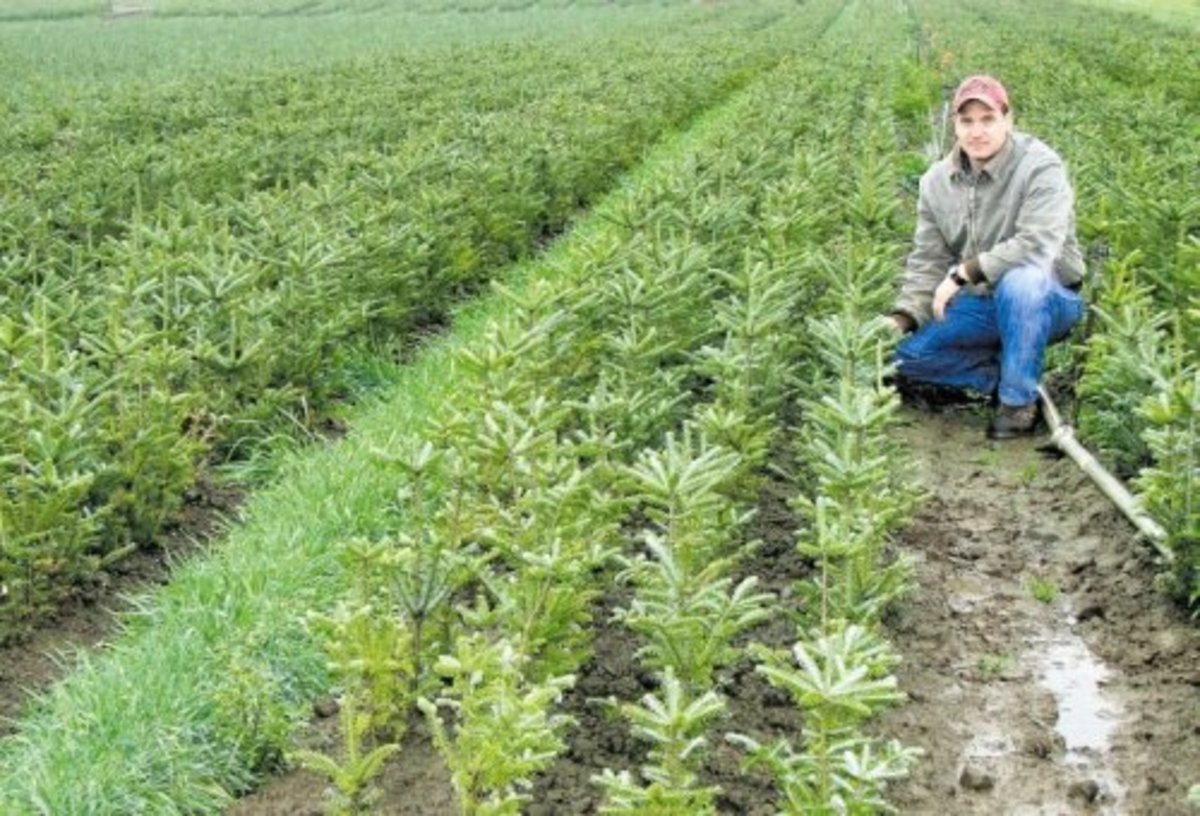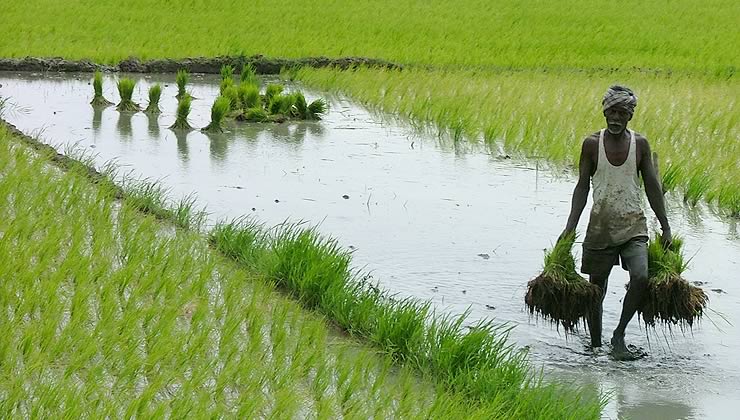A Thorough Consider the Difficulties and Benefits of Modern Farming
Modern agriculture stands at the crossroads of technology and sustainability, providing a multitude of opportunities and challenges. With advancements like accuracy farming and biotechnology promising enhanced efficiency, the sector at the same time faces vital problems such as environmental destruction and socio-economic disparities. As we check out the complex balance between technical development and its broader effects, the inquiry develops: can we attain a sustainable future that profits both the setting and farming neighborhoods? The path forward requires a careful exam of these dynamics, inviting stakeholders to think about the potential for transformative change in farming techniques and policies.
Technological Improvements in Farming
Innovations such as precision automation, biotechnology, and farming have actually transformed conventional farming techniques, enabling for more rewarding and lasting procedures. Accuracy farming makes use of GPS modern technology, sensors, and information analytics to enhance field-level monitoring relating to crop farming.
Automation in farming has additionally propelled the market forward, with the intro of independent tractors, drones, and robotics. These innovations lessen labor requirements and boost operational rate, enabling prompt growing and harvesting. Drones, particularly, provide important airborne imagery and data, assisting farmers in keeping an eye on crop health and wellness and discovering issues early.
Biotechnology has additionally played a critical function in advancing agricultural practices. Collectively, these technical innovations have laid the foundation for a more sustainable and durable farming future.
Environmental Obstacles
Agriculture encounters several environmental obstacles that endanger its sustainability and performance. One of the key worries is the destruction of dirt health and wellness because of extensive farming methods that deplete crucial nutrients and lead to disintegration. The overuse of chemical plant foods and pesticides further aggravates this problem, contaminating water resources and lowering biodiversity. The long-lasting stability of farming land is endangered, necessitating the fostering of more sustainable techniques.
Water deficiency is one more significant obstacle, specifically in areas where agriculture greatly depends on irrigation. Environment change is intensifying this problem, altering rainfall patterns and raising the regularity of droughts. Effective water administration systems, such as drip watering and rain harvesting, are essential to mitigate these results, but their application stays irregular across various areas.
In addition, agriculture is both a target and a factor to climate change. It represents a significant share of greenhouse gas discharges, primarily from animals production and rice farming. Transitioning to low-emission farming methods, such as accuracy farming and agroforestry, can help in reducing this impact. However, these approaches require significant financial investment and technical knowledge, presenting an obstacle to prevalent adoption. Dealing with these ecological difficulties is crucial for ensuring a lasting farming future.

Financial Effects
The financial impacts of contemporary farming are extensive and diverse, influencing both neighborhood and international markets. Advances in technology and production techniques have considerably increased agricultural performance, leading to a lot more reliable food supply chains and lowered prices for consumers.
However, these benefits are not without challenges. The capital-intensive nature of modern-day farming needs substantial investment in equipment, plant foods, and genetically changed seeds, which can be economically challenging for small farmers. This typically causes enhanced debt and financial vulnerability, potentially bring about the debt consolidation of farms and the loss of rural livelihoods. Additionally, international market changes can influence the productivity of agricultural exports, making economic situations reliant on agriculture vulnerable to economic instability.
Moreover, subsidies and profession plans in established countries can distort market prices, affecting competitive balance and possibly disadvantaging farmers in establishing countries. Overall, while modern-day farming drives financial growth, it likewise requires navigating intricate financial landscapes to make certain lasting and equitable growth.
Social Ramifications
While contemporary agriculture has actually caused substantial advancements, it additionally provides various social implications that require factor to consider. One significant issue is the variation of small farmers as a result of the increase of large agribusinesses. As business farming entities increasingly control the agricultural landscape, smaller sized farms typically struggle to compete, bring about the have a peek at these guys erosion of rural neighborhoods and typical farming techniques. This shift can result in a loss of local expertise and social heritage that smaller sized ranches maintain.

Additionally, there are concerns concerning food safety and security and sovereignty. The focus on monoculture and genetically customized crops can weaken biodiversity and make food systems much more at risk to insects and illness. Such practices could likewise limit customer selections and minimize the capacity of neighborhood communities to control their food resources. As these social ramifications unfold, it ends up being essential to address them to make certain lasting and equitable agricultural development.
Future Instructions
Looking in advance, several appealing avenues for contemporary agriculture might deal with the obstacles faced today while cultivating lasting development. Breakthroughs in innovation, such as accuracy agriculture, use the potential to optimize resource usage and rise efficiency. By employing data analytics and artificial intelligence, farmers can make informed choices pertaining to crop management, resulting in lowered input prices and reduced ecological impact. Furthermore, the assimilation of renewable resource resources into farming methods can considerably lower dependency on fossil fuels and add to lower greenhouse gas exhausts.
Biotechnology additionally holds tremendous assurance for the future of agriculture. Genetically changed organisms (GMOs) and gene modifying strategies, like CRISPR, might boost plant strength against environment modification, pests, and conditions, hence enhancing food protection. Furthermore, expanding plant varieties to include even more climate-resilient and nutrient-dense options might strengthen both ecological security and human nutrition.

Verdict
Modern agriculture, characterized by technological developments, provides both opportunities and obstacles. While developments such as precision farming and biotechnology boost efficiency and sustainability, they likewise add to environmental concerns like soil degradation and water he has a good point deficiency. The financial impacts are substantial, leading and impacting small farmers to wider social ramifications. Attending to these complexities calls for a transition in the direction of lasting practices that balance performance with environmental stewardship and social equity, therefore ensuring a durable future for global farming systems.
Modern farming stands at the crossroads of innovation and sustainability, presenting a wide variety of chances and challenges. Additionally, international market variations can influence the profitability of farming exports, making economies reliant on farming susceptible to financial instability.
Additionally, the extensive usage of modern technology and mechanization in farming has led to a decrease in agricultural work possibilities.Looking ahead, a number of encouraging this post methods for modern-day farming can address the challenges faced today while fostering sustainable growth. commercial farming vs subsistence farming.Modern agriculture, characterized by technological improvements, provides both possibilities and obstacles